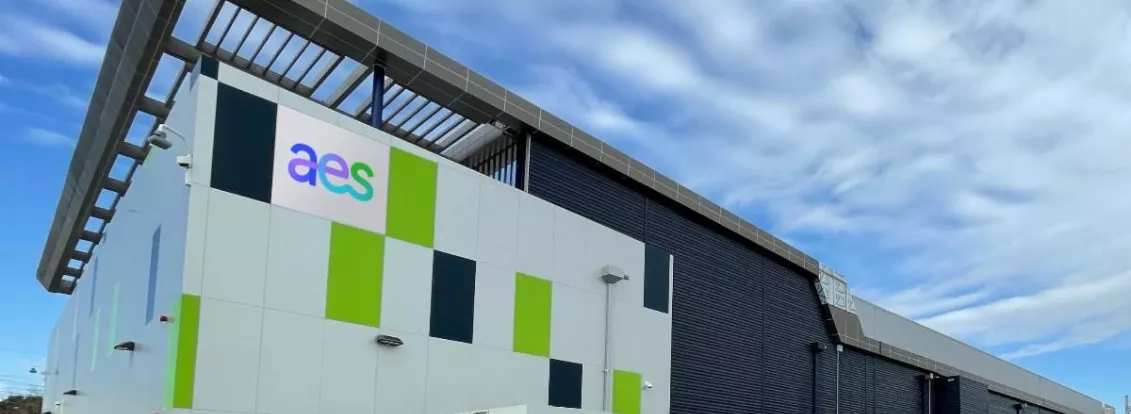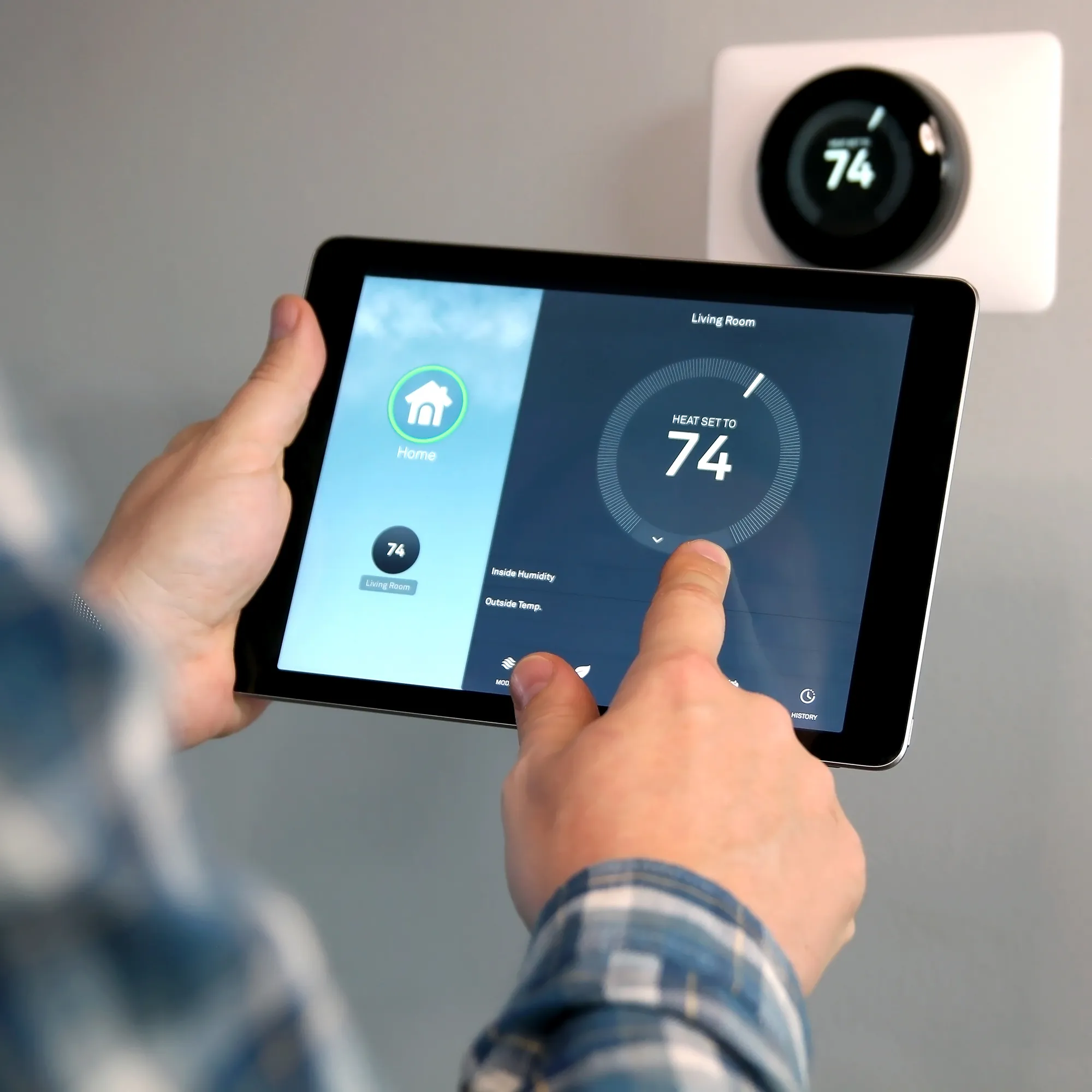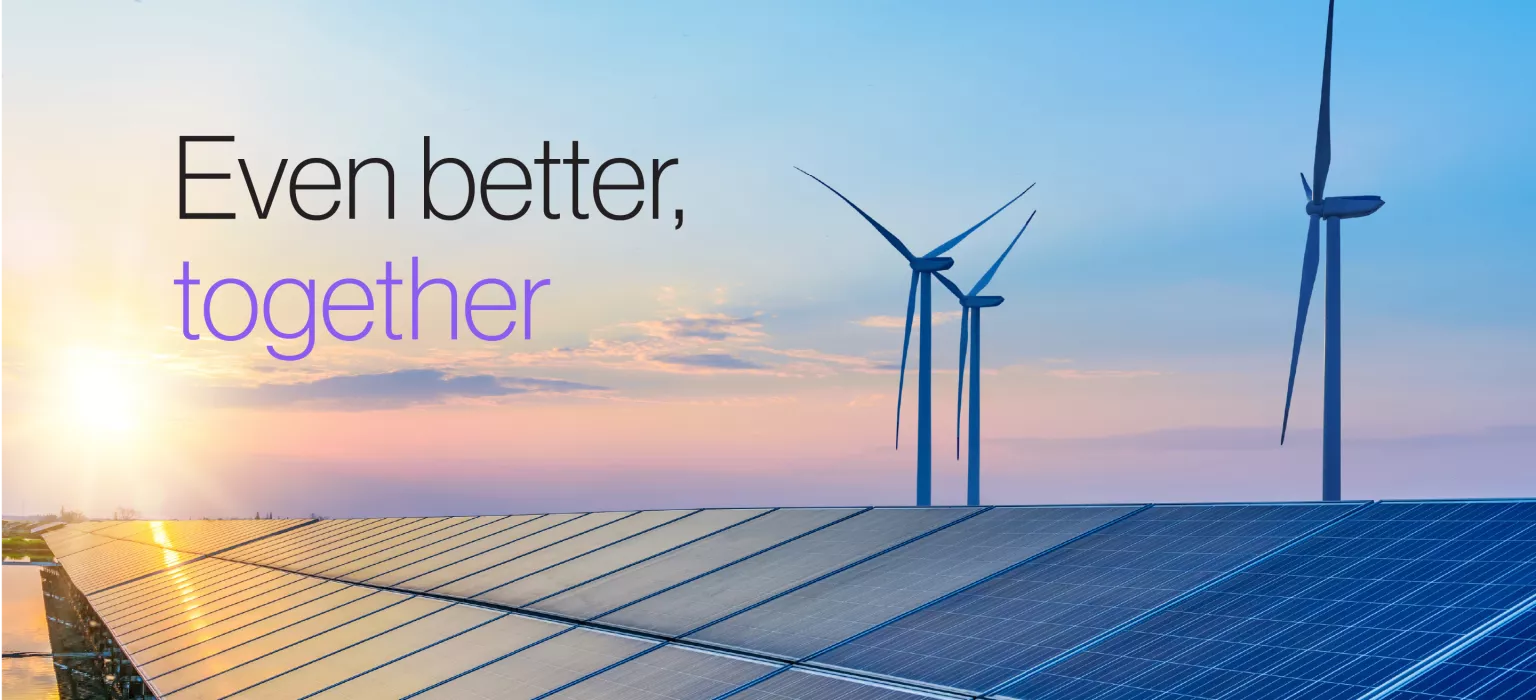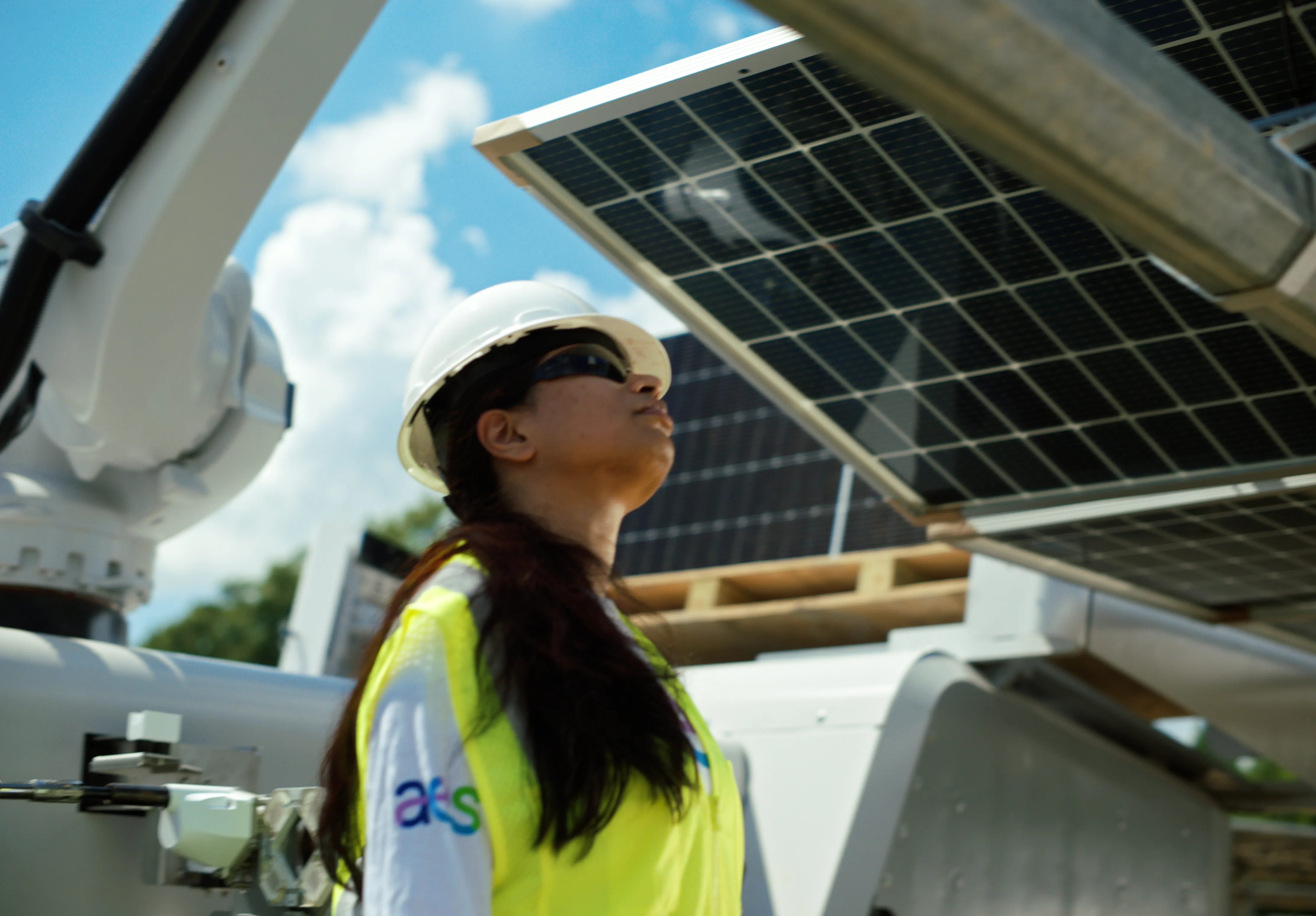The AES Alamitos Battery Energy Storage System made history. Here’s why it matters.

The AES Alamitos Battery Energy Storage System (BESS) is a project of many firsts.
- It’s the world’s first stand-alone energy storage project for local capacity.
- It’s the world’s first grid-scale battery energy storage system to receive a long-term power purchase agreement (PPA).
- It’s the first standalone battery energy storage system specifically procured to replace a natural gas peaker plant in the U.S.
But these firsts only matter if they have broader implications for the clean energy transition. So what does the AES Alamitos BESS mean for California and beyond? Here are four main takeaways.
The AES Alamitos BESS represents the first time in history energy storage was recognized and relied on as a peak capacity resource on par with natural gas
California’s ambitious goal to power 100% of its electricity needs with carbon-free energy by 2045 and its rapidly changing net load profile require clean, fast-ramping peak power solutions that maximize the use of renewable energy. After the shutdown of California’s San Onofre nuclear plant, Southern California Edison (SCE) needed reliable local capacity to replace the plant that could perform the job reliably, provide flexibility and be built quickly.
In 2014, SCE put out an all-source procurement for its capacity needs, and considered every power source – natural gas, renewables, batteries, you name it. When SCE selected AES to provide 100 MW of interconnected energy storage, batteries won against natural gas, illustrating just how viable and useful the technology was, and SCE’s willingness to recognize this value.
For the first time in history, Alamitos demonstrated that battery energy storage systems could meet large local capacity needs.
As the first-ever battery energy storage system specifically procured to replace a natural gas peaker plant in the U.S., the AES Alamitos BESS’ impact was immediately measurable: If not for the energy storage project, Southern California Edison would have contracted two natural gas plants to replace the San Onofre nuclear plant.
Because the AES Alamitos BESS is a first-of-its-kind project, there wasn’t a ready-made PPA for long-term energy storage available. AES and Southern California Edison worked closely together to restructure a natural gas PPA for energy storage, creating a framework has since helped to accelerate the development and deployment of future projects.
So what makes the AES Alamitos BESS the best solution?
The AES Alamitos BESS was procured specifically to provide power at times of peak demand, but it will also support grid modernization, increase the integration of renewable energy and lower costs and greenhouse gas emissions. Using Advancion 5 lithium-ion battery storage technology from Fluence, a joint venture between AES and Siemens and the world’s #1 grid-scale energy storage integrator, the system is extraordinarily flexible and responsive to enable the increasing penetration of intermittent renewables into the California grid.
Two of energy storage’s greatest attributes are flexibility and the ability to make everything on the grid work more efficiently. Bringing energy storage onto the grid is like hybridizing a car: it allows the other generation sources to run more smoothly and makes the entire system work more efficiently.
The 100 MW / 400 MWh of energy storage will allow the state to “set-aside” renewable energy for use during peak times and reduce its reliance on fossil fuels by discharging stored renewable energy to address peak demand.
This output is the equivalent of keeping the lights on with clean energy for 22,000 local homes during peak conditions.
What’s the difference between standalone storage vs hybrid storage?
The difference lies in the interconnection agreement with the grid. Standalone storage systems have their own interconnection agreement. Hybrid storage systems, where a battery system is paired with another power facility (often a solar or wind farm), typically share an interconnection with the associated generation asset.
It may not look that different on the surface, but standalone systems have more freedom to meet more needs, perform more functions and send more electricity to the grid. Local capacity is important for areas with grid constraints and high load, like the Los Angeles metro area, where there isn’t enough wire capacity to bring power from the desert into the Los Angeles basin.
What it means for California
The success of the Alamitos BESS in demonstrating that battery energy storage systems can meet large local capacity needs helped spur energy storage deployment and redefine the electricity and storage markets in California.
California created the nation’s first energy storage mandate in 2010, and partly due to Alamitos’ success, moved to expand its storage program. Today, over 4 GW of energy storage is expected to be contracted and brought online by 2023. Fluence is helping customers bring nearly 1 GW of energy storage onto the California grid in 2021 alone.
What it means for the global adoption of energy storage
The AES Alamitos BESS made energy storage part of the power supply conversation. In its decades-long history, energy storage transformed from being viewed as a potentially risky technology to shaping the infrastructure of the grid and power supply as we know it.
Energy storage is no longer considered an option; now it’s recognized as necessary to securing a 100% carbon-free future.
The Alamitos project turbocharged the energy industry and energy storage industry. It showed that energy storage is a critical tool to help us meet the changing needs of the electrical system that requires modern and flexible generating technology that can respond quickly to fluctuating electrical loads as we depend more on intermittent renewable energy — such as wind and solar — to meet our electricity demands while ensuring grid reliability.
Solar energy is the least-cost energy option in many parts of the world today. And as we continue to move toward a more flexible, resilient and responsive grid with increasing amounts of renewable generation assets, you can expect to see energy storage being built both on its own and alongside renewables as a critical and cost-effective source of clean and reliable controllable power.



